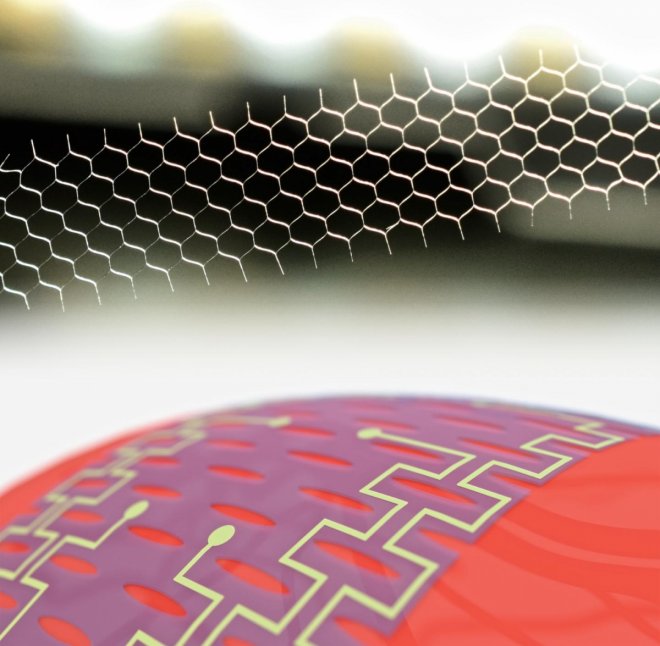
Researchers have developed ultra-stretchable bioprobes, the analytical devices that convert biological signals into electrical signals, which could be used in sensors, actuators, and energy harvesters as an aid to organs and tissues.
The research team from the Department of Electrical and Electronic Information Engineering and the Electronics-inspired interdisciplinary Research Institute (EIIRIS), Toyohashi University of Technology, Japan, have developed the Kirigami designs which could be used in flexible film electronics. These could follow the shape of large spherical organs like heart and brain tissues.
According to the research paper published in the journal Advanced Healthcare Materials, the device application could reduce the strain-force caused by the stretching devices. This could be used in organs and tissues like the heart that exhibits large and rapid changes in their surface area and volumes.
Yusuke Morikawa, a researcher said, "To realize the ultra-stretchable bioprobe with low strain-force characteristic, we used a Kirigami design as the device pattern. The remarkable feature of Kirigami is that rigid and unstretchable materials can be rendered more stretchable compared to other elastomer- based stretchable materials. The stretching mechanism is based on an out-of-plane bending of the thin film rather than stretching of the material; therefore, the strain-stress characteristics is extremely low compared to that of elastomer-based stretchable devices."
Takeshi Kawano, the leader of the research team said that the idea of Kirigami designs came to him when he saw his son playing with the Origami and Kirigami designs. Kirigami design paper showed high stretchability. The application of the design in parylene films using microelectromechanical systems technology showed up to 1,100% stretchability.
This technology has been used in microscopic devices which involves moving parts. The devices made using this technology has been used to record heartbeats of mouses in a laboratory research. The instrument measured the biological signals of the organisms.
The researchers hope that the Kirigami-based bioprobes could be used in stretching tissues and organs in future. It could also be used to understand the mechanisms of diseases like Alzheimer's.









